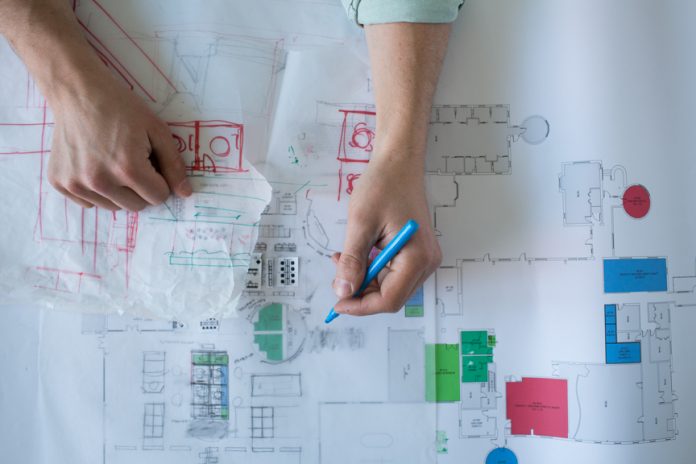
From understanding the needs and challenges of people as they work from home to looking to future demands as people return to the workplace, what we’re discovering now is the Good for Me, Challenging for We. The ‘we’ parts of employee roles—creativity, spontaneous interactions, and learning—appear to be the activities that respondents are struggling with most under these new home working conditions. On the other hand, focused ‘me’ activities are faring much better. Arguably, this will come as no surprise.
Success Defies Stereotypes where the digitally native Millennial demographic appears to be the one most challenged by COVID-19 work-from-home measures. We suspect that the majority of this group is struggling to find a dedicated workspace at home. Stacy Stewart – MEA Regional Director at Herman Miller said, “Based on our global database, we know that employees under the age of 35 already attach a greater importance to things like learning from others and informal social interaction. Supporting these activities remotely is clearly more challenging as it’s difficult to work in isolation if your team is highly collaborative. Additionally, many people working from home right now are relying on close personal bonds they already have with colleagues. For people who are newer to an organization, those bonds may not exist.”
Looking Beyond Working From Home (WFH) from an enterprise perspective, the vast majority of companies we speak with say that this work-from-home period has gone better than expected. Moving forward, the challenges on everyone’s mind are, how will we reopen our physical workplaces while keeping people healthy and maintaining productivity? Safe, efficient return-to-workplace strategies are possible, if we focus both on smart near-term tactics and holistic, long-term solutions. While there is no one-size-fits-all solution—Here are some factors to consider as people return to the workplace:
Prioritize Holistic Community Measures: While it will be helpful to increase the physical space between workers, the reality is that workplaces are very fluid. We can separate desks by six feet or two meters, but we can’t stop people from walking to a restroom or getting a coffee in a break room. For this reason, holistic policies like staggering work schedules and limiting the number of employees in a location are likely to be the most effective.
Physical Controls
– Reduce in-person interaction.
– Limit or stop desk sharing.
– Implement a rigorous reservation or desk cleaning regimen.
– Make it mandatory for people to wear cloth face coverings.
– Allow people to work from home as much as possible.
– Require people to wash hands.
– Require people to stay home when sick.
Design and Environmental Controls
– Reduce density.
– Consider physical barriers where necessary
– Increase ventilation rates and percentage of circulating outdoor air.
– Clean/sanitize regularly.
Administrative Controls
– Redistribute responsibilities to reduce contact between individuals.
– Use technology to facilitate communication.
– Implement flexible work hours and meeting options.
– Close facilities in accordance with government guidelines.
Go with the Flow: Redesigning how people flow throughout a space can impact both the likely distance between people and the amount of time they spend in certain places, thereby improving safety. We believe this thinking could be helpful to a wider range of spaces during COVID-19, from manufacturing plants to hospitals and even offices.
Use Data to Decide Who Goes Back First: Based on what we have learned from studying distributed teams and early COVID-19 data, you can determine which teams require the most in- person interaction, are least enabled from a technology perspective, and have the most at-home-work challenges. Prioritize helping these teams return to the workplace first.
Embrace Safety and Serendipity
Rather than focusing on dividers, successful future workplaces will better weave in safety features that don’t compromise workplace comfort and connectivity. Examples include:
1. Improved air quality and ventilation
2. Increased surface and material cleanability through simplified design
3. Minimize the number of high-touch actions through gesture and voice control technologies, dynamic scheduling, and service on demand
Design Physical Spaces Around Virtual Work: With the result of fewer in- person meetings and more video calls. With the advent of 1:1 virtual meeting technology, the dedicated video conferencing rooms many of us currently have will not always be required. Hence, its vital to design physical spaces around virtual work.



































